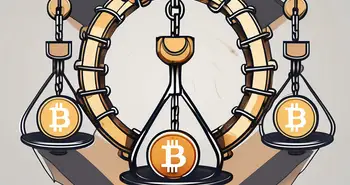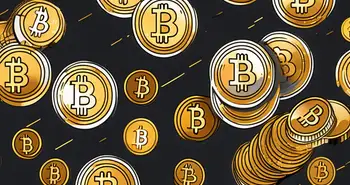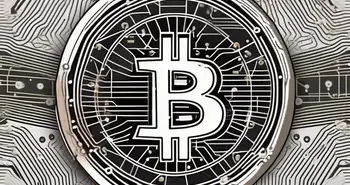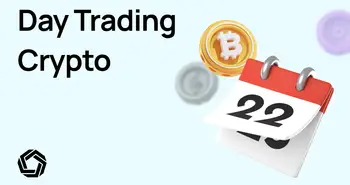The Rise and Fall of Mt. Gox
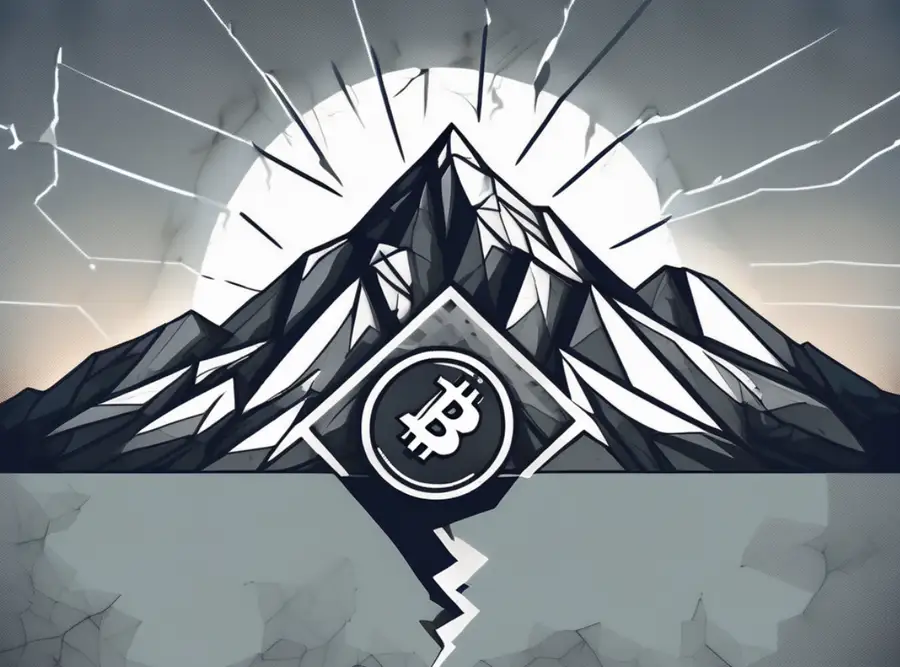
I have been involved in the cryptocurrency industry for many years, witnessing the rise and fall of various platforms and exchanges. One such platform that still haunts the collective memory of many crypto enthusiasts is Mt. Gox. In this article, I will take you on a journey through the tumultuous history of Mt. Gox, from its humble beginnings to its catastrophic downfall, and explore the lasting impact it has had on the cryptocurrency industry.
Mt. Gox: An Introduction
Before we delve into the details of Mt. Gox's rise and fall, it's important to understand its origins and the role it played in the cryptocurrency world. Created in 2010 by software developer Jed McCaleb, Mt. Gox initially started as a platform for trading Magic: The Gathering cards.
However, things took a turn when McCaleb saw an opportunity in the emerging Bitcoin market and transformed Mt. Gox into a Bitcoin exchange in 2010. Little did anyone know at the time, but this decision would shape the future of cryptocurrency exchanges.
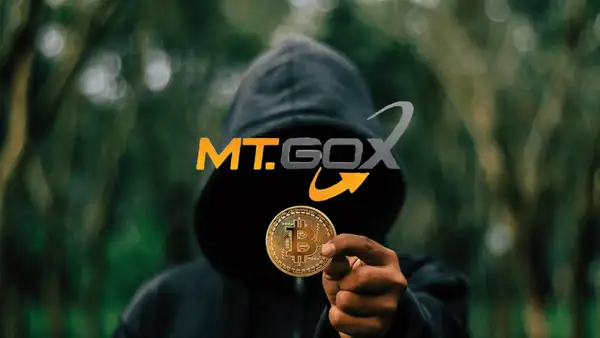
The Birth of Mt. Gox
With its new focus on Bitcoin, Mt. Gox quickly gained popularity among early adopters of the cryptocurrency. Its user-friendly interface and relatively low trading fees made it a favorite among traders and investors. The exchange became synonymous with Bitcoin trading, accounting for over 70% of all Bitcoin transactions worldwide at its peak.
For a while, Mt. Gox seemed unstoppable, but cracks were beginning to show beneath the surface.
The Role of Mt. Gox in the Cryptocurrency World
While Mt. Gox's early success can be attributed to its user-friendly interface and growing Bitcoin market, its role in the cryptocurrency world went beyond just being an exchange. Mt. Gox played a pivotal role in shaping public perception about Bitcoin and the viability of digital currencies as a whole.
As the largest Bitcoin exchange in the world, Mt. Gox became the go-to platform for anyone interested in buying or selling Bitcoin. Its dominance gave people confidence in the cryptocurrency's future, and its downfall shattered that confidence in ways that still reverberate today.
The Ascent of Mt. Gox
With its strategic position in the Bitcoin market, Mt. Gox experienced rapid growth during its early years. Let's explore the factors that contributed to its ascent.
Early Successes and Growth
Mt. Gox's success can be attributed to its ability to attract traders and early Bitcoin adopters. The exchange offered a hassle-free and straightforward trading experience, making it easy for anyone to enter the world of cryptocurrencies. The increasing demand for Bitcoin fueled Mt. Gox's growth, solidifying its position as the leading Bitcoin exchange.
I remember when I first started trading on Mt. Gox. The user interface was intuitive, and the platform's reliability was unrivaled. It felt like the beginning of a new era, one where cryptocurrencies would change the world. Little did I know the dark days that lay ahead.
Dominating the Bitcoin Exchange Market
As Mt. Gox's popularity soared, it became the dominant force in the Bitcoin exchange market. Its trading volume dwarfed other exchanges, and its influence on Bitcoin's price and market sentiment was undeniable. Mt. Gox had the power to make or break the entire cryptocurrency market, unsettling those who sought decentralization and the independence of digital currencies.
During this period, Mt. Gox's importance in the cryptocurrency landscape was unparalleled. It positioned itself as the gatekeeper of the Bitcoin world, a role that would ultimately lead to its downfall.
The Cracks Begin to Show
Despite its initial success, Mt. Gox was on a collision course with disaster. Let's explore the various issues that signaled the beginning of the end for this once-revered exchange.
Technical Glitches and Security Issues
As the trading volume on Mt. Gox continued to surge, the exchange struggled to handle the ever-increasing demand. Technical glitches and frequent outages plagued the platform, leaving traders frustrated and unable to execute their trades. These recurring issues eroded confidence in Mt. Gox's ability to provide a stable trading environment.
Furthermore, Mt. Gox experienced several security breaches, resulting in the theft of thousands of Bitcoins. These incidents raised serious concerns about the exchange's security measures, functionally undermining the very foundation that gives cryptocurrencies their allure – trustless transactions.
Customer Complaints and Legal Troubles
A significant red flag during Mt. Gox's decline was the increasing number of customer complaints. Traders were reporting difficulties withdrawing their funds, and rumors regarding liquidity problems started circulating. As more people voiced their concerns, the exchange's reputation began to crumble.
Legal troubles compounded the exchange's woes. Mt. Gox faced lawsuits and regulatory scrutiny, further eroding the public's trust. The once-mighty Mt. Gox started showing signs of weakness – a weakness that would ultimately bring it crashing down.
The Downfall of Mt. Gox
The downfall of Mt. Gox can be attributed to a single event that shook the entire cryptocurrency community to its core: the great Bitcoin heist.
The Great Bitcoin Heist
In early 2014, Mt. Gox announced that it had lost over 850,000 Bitcoins, including both customer funds and its own reserves – approximately 7% of all Bitcoins in existence at the time. The extent of the loss was staggering, making it the largest cryptocurrency hack in history.
As news spread, panic swept through the cryptocurrency community. The once-reliable Mt. Gox had failed to safeguard its customers' funds, exposing the vulnerabilities of centralized exchanges and dealing a severe blow to the trust that underpins the entire cryptocurrency ecosystem.
Bankruptcy and Legal Aftermath
Following the Bitcoin heist, it was clear that Mt. Gox could no longer continue its operations. In February 2014, the exchange filed for bankruptcy protection and admitted that it had liabilities totaling approximately $63.6 million.
The bankruptcy proceedings and subsequent investigation revealed a web of mismanagement, incompetence, and potential fraud within the exchange. Mt. Gox's CEO, Mark Karpeles, was arrested and faced charges related to embezzlement and data manipulation.
Fast forward to 2024, the legal and financial aftermath of Mt. Gox’s collapse continues to unfold. The civil rehabilitation process, led by trustee Nobuaki Kobayashi, has been marked by lengthy delays and complicated creditor claims. While some assets, including 200,000 recovered Bitcoins, have been allocated for distribution, many creditors are still waiting to receive their compensation.
The Legacy of Mt. Gox
Although Mt. Gox's reign was marred by controversy and eventually ended in disaster, its legacy still reverberates throughout the cryptocurrency industry today.
Impact on the Cryptocurrency Industry
The collapse of Mt. Gox sent shockwaves throughout the cryptocurrency industry, exposing the inherent risks of centralized exchanges. It served as a wake-up call for both traders and regulators, highlighting the need for robust security measures and greater transparency in the nascent world of digital currencies.
The incident also prompted the development of new decentralized exchange models, aiming to eliminate the single point of failure that centralized exchanges like Mt. Gox represented. Today, we see a more diverse and resilient ecosystem with a greater emphasis on self-custody and security.
Furthermore, the collapse led to significant regulatory changes around the globe. Governments have since implemented stricter regulations on cryptocurrency exchanges, including mandatory audits, licensing requirements, and consumer protection measures. These regulatory advancements can be traced back to the lessons learned from Mt. Gox.
Lessons Learned and Future Predictions
The Mt. Gox saga serves as a stark reminder that trust should never be blindly placed in any exchange or third-party custodian. Traders and investors must exercise caution and thoroughly research the platforms they entrust with their funds.
Looking ahead, I am cautiously optimistic about the future of cryptocurrencies. The lessons learned from Mt. Gox have paved the way for innovative solutions that prioritize security and decentralization. The rise of decentralized exchanges (DEXs) and improved custody solutions are direct responses to the vulnerabilities exposed by Mt. Gox’s collapse. As the industry continues to evolve and mature, I believe we will see a more robust ecosystem that is resilient to the mistakes of the past.
Whether you're interested in cryptocurrencies, stocks, forex, or even niche markets, Morpher allows for fractional investing, short selling, and up to 10x leverage to enhance your trading strategy. Embrace the future of trading with Morpher and protect your investments from the pitfalls that have plagued the industry in the past.
Sign up on Morpher.com today and receive a free sign-up bonus to start trading securely and confidently!
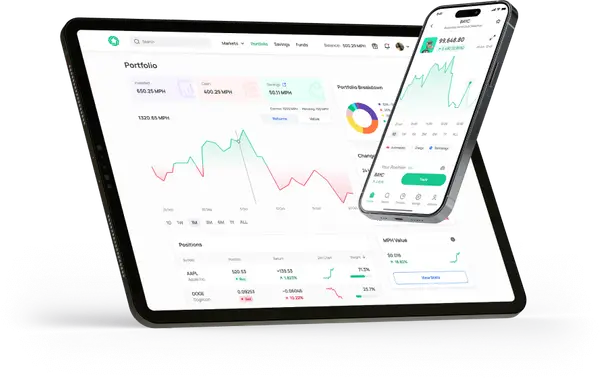
Current Sentiment and Reflection
Today, the Mt. Gox incident still resonates within the cryptocurrency community. While the fear of centralized exchanges persists, the market has also seen tremendous growth and innovation. The advent of decentralized exchanges and the push for self-custody reflect the ongoing desire to prevent another Mt. Gox-like catastrophe.
The Mt. Gox story is not just a tale of a failed exchange but a turning point that reshaped the cryptocurrency industry. As we reflect on the lessons from Mt. Gox's story, it's clear that the future of trading lies in platforms that prioritize security, transparency, and innovation.
FAQ
What was Mt. Gox's role in the cryptocurrency world?
Mt. Gox was the largest Bitcoin exchange in the world and played a pivotal role in shaping public perception about Bitcoin and cryptocurrencies. It was seen as a reliable platform and its dominance gave people confidence in the future of digital currencies.
What led to the downfall of Mt. Gox?
Mt. Gox's downfall can be attributed to a combination of technical glitches, security breaches, customer complaints, and legal troubles. Ultimately, the exchange's demise was sealed by the infamous Bitcoin heist, in which it lost over 850,000 Bitcoins.
What is the legacy of Mt. Gox?
The collapse of Mt. Gox led to a renewed focus on security and decentralization in the cryptocurrency industry. It exposed the risks associated with centralized exchanges and prompted the development of new exchange models that prioritize self-custody and transparency.
What lessons can be learned from Mt. Gox?
Traders and investors should exercise caution when dealing with exchanges and third-party custodians. Trust should never be blindly placed, and thorough research is essential. Additionally, the incident serves as a reminder of the importance of robust security measures and the need for regulatory oversight in the cryptocurrency industry.
As we reflect on the lessons from Mt. Gox's story, it's clear that the future of trading lies in platforms that prioritize security, transparency, and innovation. Morpher.com embodies these values, offering a revolutionary trading experience that leverages blockchain technology to provide zero fees, infinite liquidity, and a non-custodial wallet for ultimate control over your investments. Whether you're interested in cryptocurrencies, stocks, forex, or even niche markets, Morpher allows for fractional investing, short selling, and up to 10x leverage to enhance your trading strategy. Embrace the future of trading with Morpher and Sign Up and Get Your Free Sign Up Bonus today.

Disclaimer: All investments involve risk, and the past performance of a security, industry, sector, market, financial product, trading strategy, or individual’s trading does not guarantee future results or returns. Investors are fully responsible for any investment decisions they make. Such decisions should be based solely on an evaluation of their financial circumstances, investment objectives, risk tolerance, and liquidity needs. This post does not constitute investment advice.

Painless trading for everyone
Hundreds of markets all in one place - Apple, Bitcoin, Gold, Watches, NFTs, Sneakers and so much more.

Painless trading for everyone
Hundreds of markets all in one place - Apple, Bitcoin, Gold, Watches, NFTs, Sneakers and so much more.


